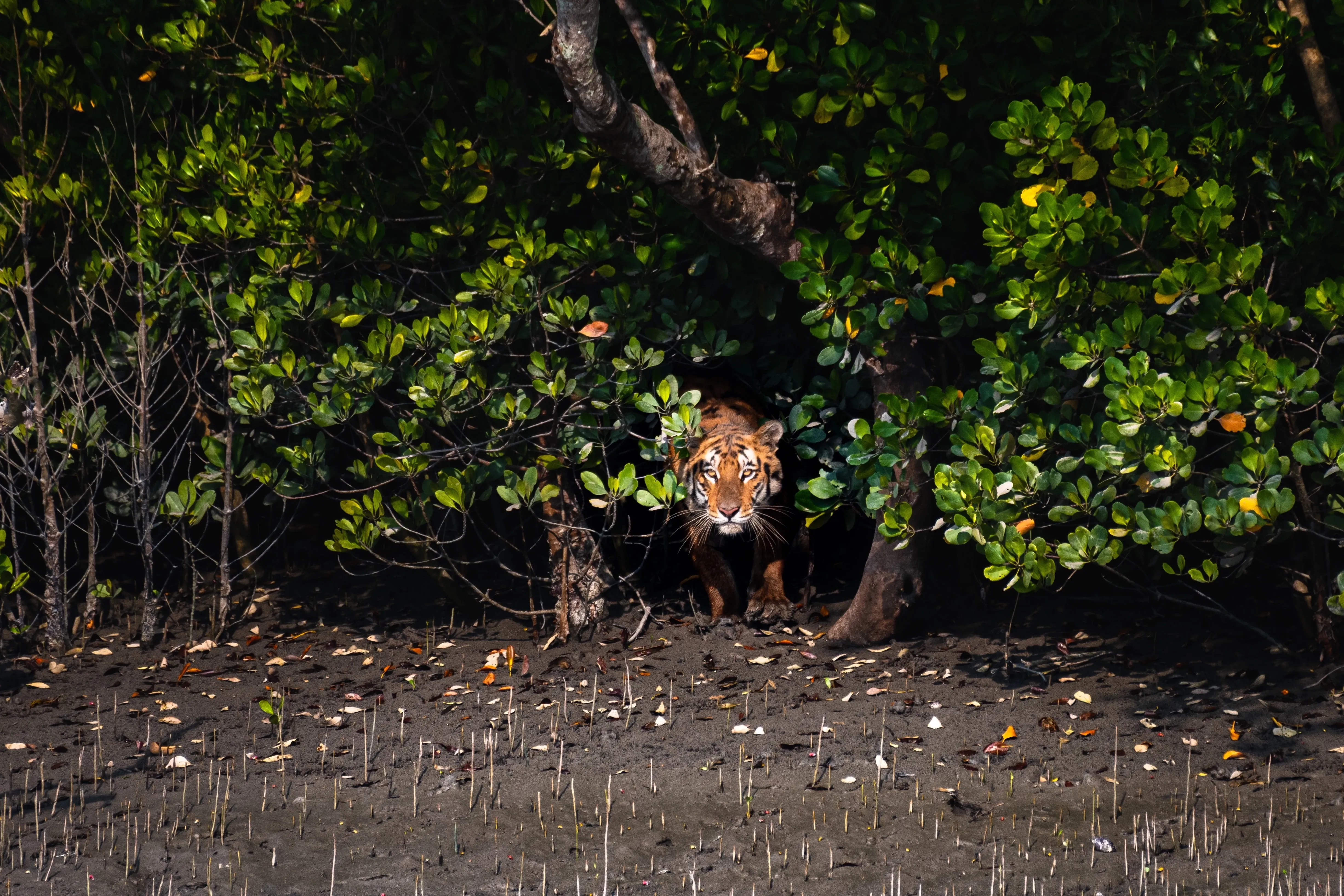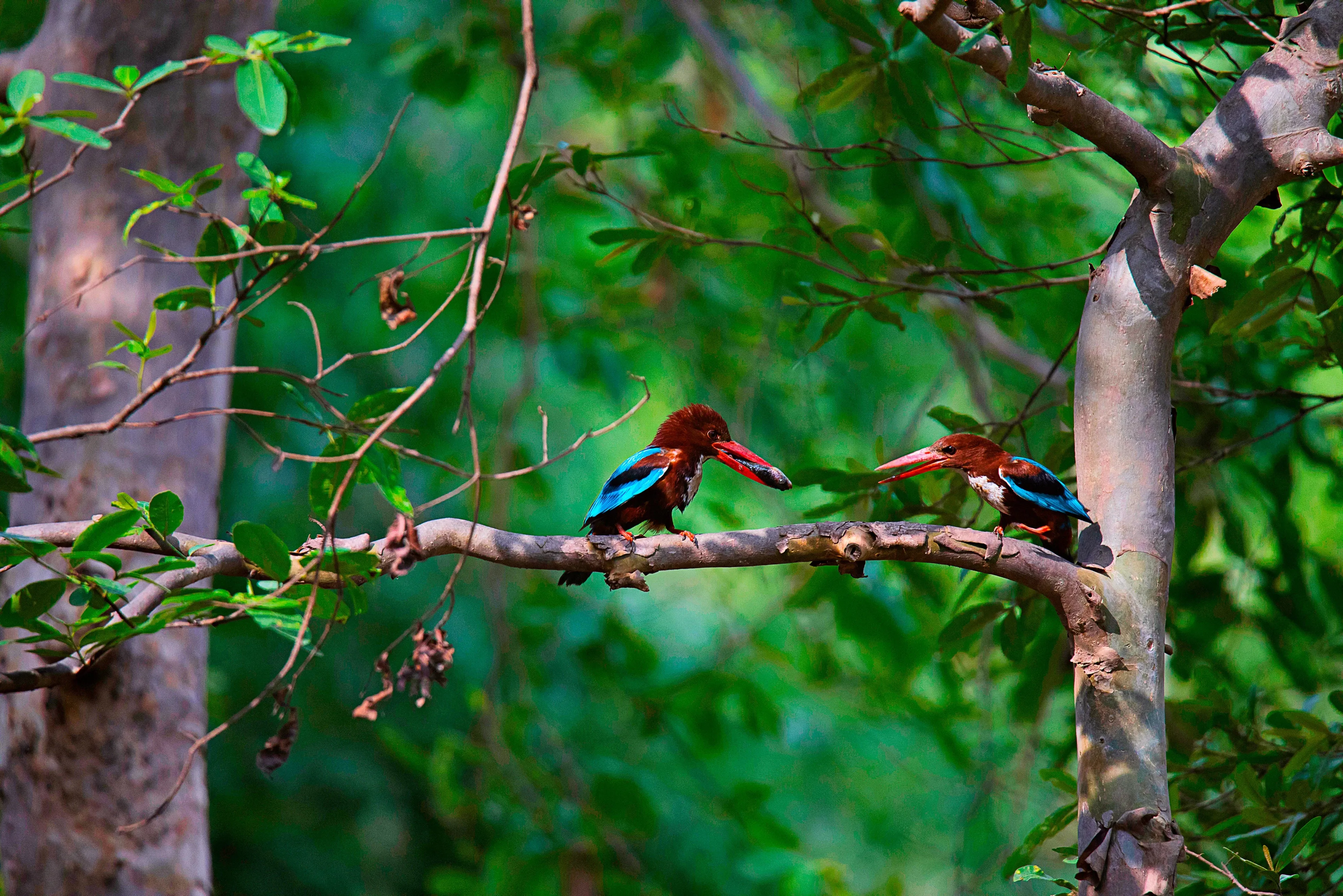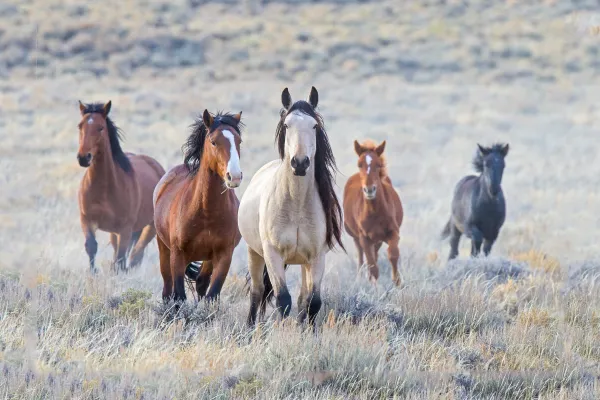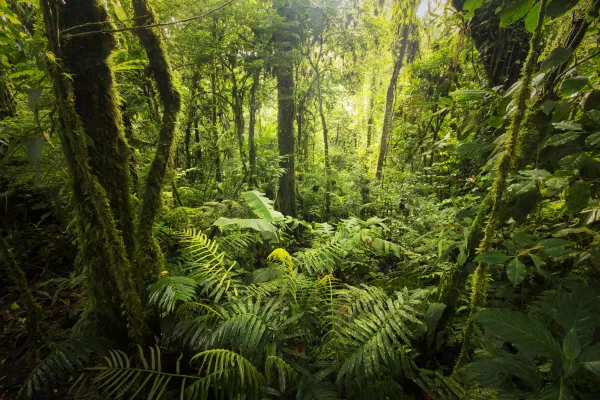How drones are saving tigers in India
Both humans and tigers in India have long been threatened by human-wildlife conflict.
However, conservationists have begun using drones to track poachers, trace animal movements, and warn people early of impending danger while saving tigers. The success of these projects indicates how valuable technology can be in solving environmental problems.

1. Tigers and drones in Gadchiroli
In Maharashtra's Gadchiroli District, dense forests sprawl across 76% of the region's 14,412 square kilometres. This lush area was home to around 100 tigers five decades ago. However, in the 1970s, Maoist insurgents entered the area, leading to a violent conflict that disrupted conservation efforts. Consequently, rampant poaching ensued, causing tiger numbers to drop dramatically. Other tigers died in conflict skirmishes.
In 2000 - 2002, forestry officials estimated only one or two tigers remained in the region. However, these formidable wild cats have reemerged in Gadchiroli in the last few years, and their numbers have burgeoned swiftly. In 2017, a tigress killed two people in a local village. This event made community members aware of the rise in tiger numbers in the area and the associated dangers. While they used to forage fearlessly in the forest, some are now too scared to venture beyond their villages.
Why have tigers reappeared in Gadchiroli?
Several reasons exist for the tigers' reappearance and the population's fast growth. Firstly, since political tensions have dissipated in the area, forestry officials have stepped up conservation protocols and patrols, leading to a decline in poaching. Simultaneously, tiger numbers rose rapidly in the well-protected Tadoba-Andhari Tiger Reserve (TATR), putting pressure on the population. Consequently, these big cats began migrating into the neighbouring Chandrapur district and then into Gadchiroli. The development has sparked escalating human-wildlife conflict between the region's indigenous communities and tigers. Hunting and poaching in years past means that many species that tigers once fed on are now absent from Gadchiroli. Therefore, tigers are naturally attracted to livestock herds, exacerbating human-wildlife conflict earlier.
Problem tigers and drones in Gadchiroli
Furthermore, specific tigers have been identified as 'problem animals'. These highly unusual individuals identify humans as a 'prey species' and target them specifically. While this behaviour is extremely rare, it does occur, and scientists are not entirely sure why. For example, a tiger in Gadchiroli called CT1 had killed ten people by late 2022. This particular animal is extremely elusive; however, one drone has captured a photograph of CT1. Hopefully, this will help conservationists to establish a more accurate identification profile of the cat and track it more closely.
The Maharashtra Forestry Department has launched a drone operation to detect and track tigers in response to the human-wildlife conflict problem. The drones are fitted with thermal cameras that enable them to detect animals at night, as well as from afar. Previously, safety issues deterred park officials from patrolling at night, while distance monitoring of wildlife was also impossible. Furthermore, officials are also using drones to track elephants that have recently moved into Gadchiroli from the neighbouring Chandigarh Province. The area's lush jungles and biodiversity has been decimated by human expansion and intervention. Therefore, its wild elephants have migrated into Gadchiroli's verdant forests, creating more human-animal conflict in the area.

Drones in Gadchiroli are mitigating tiger-human conflict
Initial results from conservation drone patrols have produced encouraging results. Local communities can now receive early warning alerts of tigers and elephants nearby their villages and avoid those zones. As such, forestry officials and environmentalists believe technological approaches hold promise for future tiger conservation. Nevertheless, experts warn that drones and other surveillance technology should be used cautiously as Maoists are still present in the area. These insurgent forces could react violently if they believe drones are tracking their movements.
Milind Umare, Honourary Wildlife Warden of Gadchiroli, warns, 'The presence of Maoists… can become risky if they assume drones to be an exercise to track them in the name of wildlife monitoring. The frontline workers such as guards or even villagers can get killed'. Moreover, Umare adds that the forestry department must ensure that drone operators do not fly too low the' quadcopters'. He explains, 'This can irritate tigers and elephants, which can prove counterproductive. Also, the forest department must ensure that sensitive information about rare wildlife or plant species gathered through drones does not get leaked.'
2. Tigers and drones in Panna Tiger Reserve
Wildlife managers are also successfully using drones for wildlife conservation in other parts of the country. In 2008, no tigers remained in Madhya Pradesh's Panna Park. However, a successful relocation programme has since changed that status quo. The Panna Tiger Reserve (PTR) is now home to a healthy population of roughly 70 adult tigers. This protected enclave holds promise for the species' existence. Additionally, it protects other vulnerable species like white-backed and long-billed vultures.

Translocating tigers is a tricky business; therefore, Panna's success story is rare. Moreover, the reserve's tigers are valuable for ensuring India will still have future tiger generations. Therefore, the park's officials are taking extra measures to protect them, including implementing a conservation drone programme. Like the drones used in Gadchiroli, PTR's drones are fitted with thermal cameras to enable excellent night vision.
The reserve's director, Uttam Sharma Kumar, explained 'the use of drones is PTR has been envisioned for law enforcement, monitoring, search and rescue of wildlife, wildfire fighting, and curbing human-wildlife conflict.'
3. Tigers and drones in the Sundarbans
Conservation managers are also using drones for wildlife conservation in the Sundarbans. Sprawling from West Bengal to Bangladesh, the Sundarbans is a UNESCO World Heritage site home to the planet's largest mangrove forests. Additionally, it encompasses the Sundarban National Park, which shelters the Royal Bengal Tiger. This enormous area is almost impossible to patrol with manpower alone, making it a prime target for poachers. Therefore, the Bangladesh Forest Department has implemented a drone system to detect these unwelcome intruders.
While conservation drones are currently focused on poachers, they may also be a solution to the park's human-wildlife conflict. Deforestation has robbed the area's tigers of much of their natural habitat. Consequently, these wild cats have been venturing into local villages looking for food and water. This has led to tragic human-wildlife conflict, with 14 tigers beaten to death by locals in the last two decades. Nevertheless, with conservation drone surveillance in place, forestry staff may be able to mitigate this problem with an early alert system.
Source references:
The Times of India
Mongabay
Roundglass Sustain
Sign up for the newsletter
By clicking on “Subscribe now” I will subscribe to the Conscious Explorer newsletter with all the information about mindful travel. Information on the success measurement included in the consent, the use of the shipping service provider MailChimp, logging of the registration and your rights of revocation can be found in our privacy policy.















